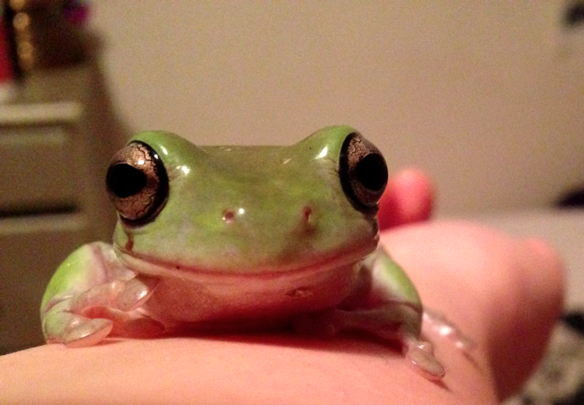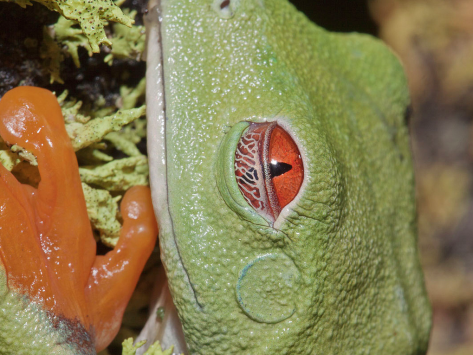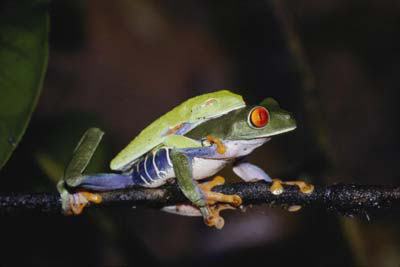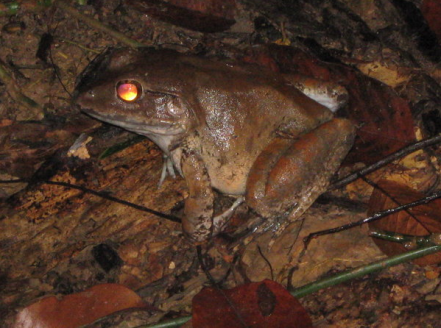|
By: Sarika Khanwilkar Science. The word invokes rolled eyes and memories of bad grades in some people, and a sense of curiosity and excitement in others. My name is Sarika, and I’m in the latter category of people who find pleasure in scientific discovery and mystery. I have ample personal experience with science professors to know that communicating this subject can be challenging but is critically important. For example, all that buzz about the bee conservation crisis cannot be effective without awareness of the causes, such as loss of suitable habitat and use of pesticides. The effectiveness of these scientific stories will inspire people to take actions that stop the trend. Science media is a powerful tool for both conservation and education, which is why I’m here at the Jackson Hole Wildlife Film Festival. For the past month and a half, me and my two frogs have been settling into our new location, Jackson, WY, where I get to intern for this amazing organization! For anyone under the age of 13, a pet frog is cool. As one gets older, the thrill seems to fade, but not for me; I love frogs! Last summer, I traveled to remote parts of the Peruvian Andes to complete research on Chytriodiomycosis, a fungal disease severely impacting amphibian populations around the globe. I became fairly intimate with hundreds of frogs, and as I was gazing into the eyes of who I thought was my frog prince, I started wondering about them. How similar are human eyes to frog eyes? Does a frog see the same things I see? Why am I spending multiple hours every morning collecting live food? Here’s what I learned: Ten ways frog vision differs from human vision:1. Frogs have two transparent eyelids, one on the bottom, one on the top, and a third semi-transparent eyelid called the nictitating membrane. The nictitating membrane of the red-eyed tree frog (Agalychnis callidryas) has a spectacular tiger-stripe design, which camouflages the bright red color of the eyeball without compromising the frog’s vision. Just like our eyelids, they serve to protect the eye underwater and keep it moist on land. 2. Frogs can regenerate structures of the eye after damage and serve as a scientific model to study this process. Current research aimed at blindness prevention in humans involves the chemical induction of cell regeneration. 3. Frogs use their eyes to help them swallow food. After a frog has caught prey in its mouth, you will see the eyeballs retract into the head, pushing the food down and allowing the frog to swallow. Although a frog has teeth and a tongue like humans do, they use their teeth to keep the victim in the mouth and not for chewing. A frog’s tongue is attached at the front of the mouth as opposed to the back, like ours. This is why it is difficult for a frog to swallow without the help of their eyes. 4. Frogs have a much larger field of view than humans, due to the placement of their eyes. The eyes, situated on the top and sides of the head, allow them to see almost 360 degrees around them (which helps for a species that can’t turn its head). 5. Frog vision is somewhat crude because a frog would starve to death surrounded by food if it was not moving. Evolution has favored vision that focuses on active and mobile objects. 6. Some species of frog can develop directly on land but for species that start life as a tadpole underwater, their eyes must change when they metamorphosize into a frog. This happens because just like you can run faster on land than in water, the speed at which light travels is slower in water than in air. As tadpoles adjust their sight to live in the terrestrial environment, the lens changes from spherical to a flatter shape to maintain vision when light is moving faster through air. 7. Frogs are nearsighted with a focal length of approximately 15 cm., while the focal length of a human eye is about 2.2 cm. We differ from frogs in the way our eyes accommodate, which is the process of focusing on objects that are at various distances away from the eye. Frogs achieve accommodation via lenticular movement, which is moving the lens backwards and forwards, while humans change the shape of the lens. 8. Color vision can impact sexual selection in frogs. For example, the strawberry poison dart frog (Dendrobates pumilio) utilizes the perception of color as a visual cue for mate choice. This can explain sexual dichromatism, when males and females differ in color, in species of frog. 9. There are two types of photoreceptors, rods and cones, in the eyes of humans and frogs. Humans have only one type of rod, with maximum absorption of light at a wavelength of 502 nm (green light). The eye of a frog contains this rod plus an additional one, with peak absorption of light at 433 nm (blue light). This rod allows superior detection of blue light in amphibians. 10. Frogs are nocturnal, and their eyes contain a layer of tissue called tapetum lucidum, which is not present in the human eye, that allows them to see at night. This is what produces eyeshine, seen in the photo below and in photos of cats and other animals with this tissue. This list helps to illustrate the immense diversity of life that Earth supports. There is infinite potential to learn by studying frogs, a species that is so different from ours. Much of what we learn from them can improve our daily lives. For example, studying the toe pads of frogs is helping to develop safer and more reliant tire tread. Unfortunately, like bees, amphibians are in a conservation crisis. Conservation is more than saving a single species – it’s about realizing and appreciating unique characteristics of all inhabitants on this planet.
7 Comments
JANE TURNBULL
1/31/2020 10:09:15 am
Does a frog's eye have an iris?
Reply
Abbey Greene
1/31/2020 10:46:51 am
Hi Jane!
Reply
Lee
10/28/2021 04:45:01 pm
Very interesting post! Thank you for posting!!
Reply
10/14/2022 01:10:45 pm
Hi Jane,
Reply
Pamela Howes
10/25/2022 07:20:12 am
How do you know if a frog has died. They came out last night and this one was not there before. He has no movement and Eyes don’t look like I have seen before. Thanks. Pam ply nh USA 10.25.22
Reply
L WARDEN
2/24/2024 02:44:40 pm
Hi Sarika,
Reply
3/8/2024 03:42:28 am
Safeguard your vision with routine eye check-ups from https://vernonoptometry.ca/. Our services include thorough vision assessments to detect any issues and provide personalized contact lens fittings. Additionally, we address minor infections and assist in managing larger concerns. Explore our diverse range of fashionable eyeglasses and sunglasses at our clinic to enhance both your style and clarity of sight. Visit https://vernonoptometry.ca/ now to schedule your next appointment.
Reply
Leave a Reply. |
Archives
March 2024
Categories
All
|
Contact UsJackson Wild
240 S. Glenwood, Suite 102 PO Box 3940 Jackson, WY 83001 307-200-3286 info@jacksonwild.org |





 RSS Feed
RSS Feed